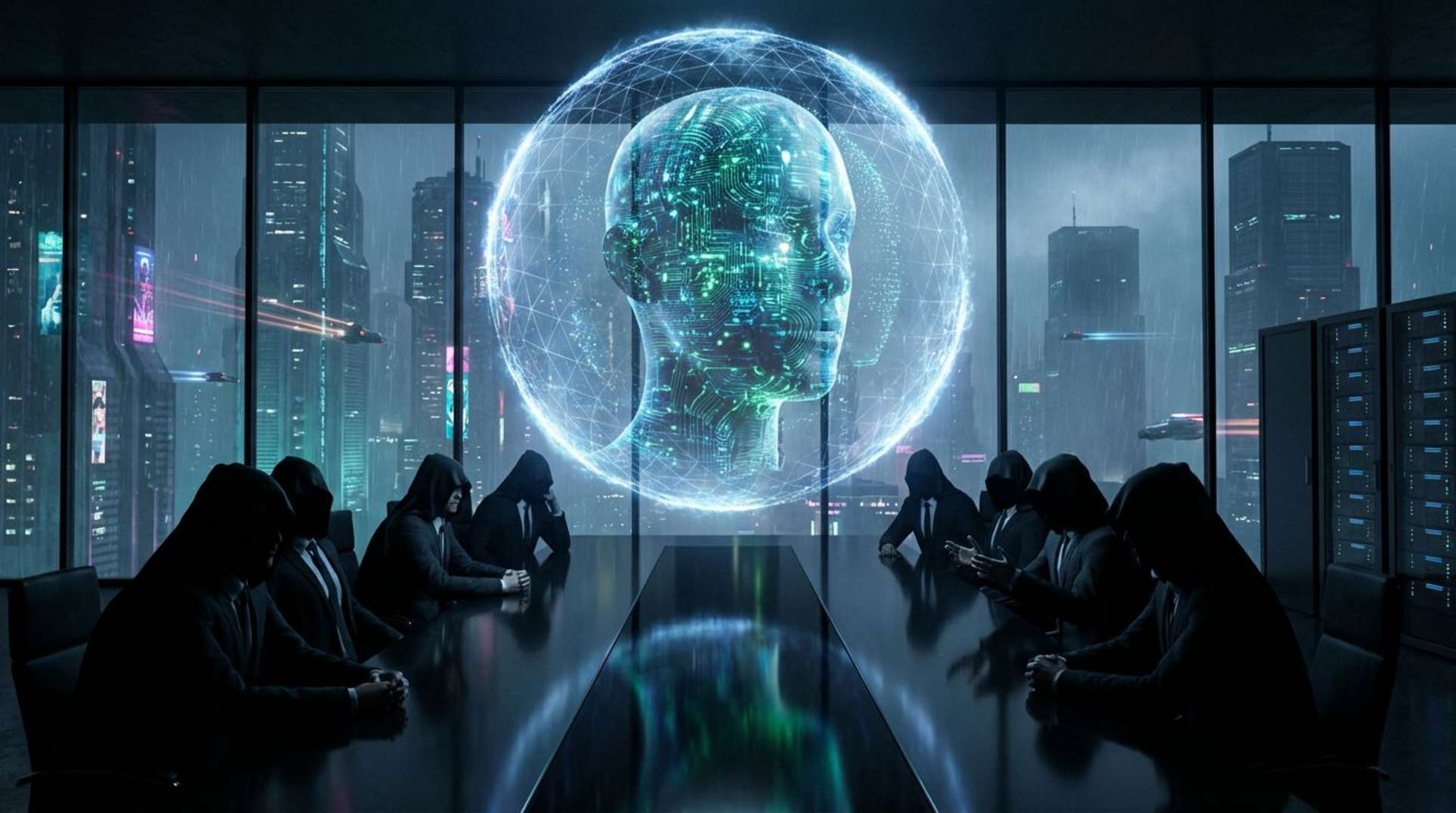The postwar American imagination is a fertile swamp: aliens, conspiracies, and assassinations swirl together in a haze of classified memos and vanished evidence. If any story captures this surreal nexus, it’s the saga linking the Maury Island Incident to the death of President John F. Kennedy. Here, Men in Black, Cold War intrigue, and secret UFO files collide.
Maury Island: UFOs, Hoaxes, and the First Men in Black
In June 1947, harbor patrolman Harold Dahl claimed six metallic disks hovered over Maury Island, Washington. One of these discs dropped molten debris onto his boat. The narrative darkened when Dahl’s supervisor, Fred Crisman, recovered strange material and a man in a black suit visited with uncanny knowledge. Soon after, two Air Force intelligence officers sent to investigate perished in a B-25 crash, losing their samples and notes. This incident widely fueled the Men in Black mythos. According to official records and original FBI files, both the Air Force and the Bureau quickly deemed the case a hoax. However, the deaths, secrecy, and intimidation patterns created fertile ground for later conspiracy theories. The incident’s influence on culture appears in films and state resolutions, while local coverage confirms it as a catalyst for the modern UFO craze (archival reporting).
Yet, the Maury Island narrative did not close the book on these anxieties. It echoed fears prevalent throughout American history—shadows of secrecy reappear in deep-state disruption research and other unexplained tragedies.
From Fred Crisman to Dealey Plaza: Conspiracy’s Perfect Storm
The strange web of Maury Island grew denser in 1963 when witness Fred Crisman surfaced in the JFK assassination investigation. Declassified documents later alleged he acted as a disruption agent. He found himself linked with operatives like Guy Banister and former CIA director Allen Dulles. Popular claims often exaggerate their connections, but congressional records and studies from the House Select Committee on Assassinations confirm Banister, Ferrie, and Shaw—New Orleans operatives—were all examined for potential involvement. According to a POLITICO investigation, Dulles remained deeply involved as a Warren Commission appointee, even after JFK removed him from the CIA. This raised conflict-of-interest questions fueling continuous suspicion about CIA knowledge or involvement (overview of JFK conspiracy theories).
Crisman’s connections between UFO hoaxes and clandestine circles represent the blurred lines that later inspired speculative works and persistent “deep-state” anxieties, now dissected in investigative roundtables and popular culture.
JFK, UFO Disclosure, and the Memo That Launched 1,000 Theories
On November 12, 1963, President Kennedy allegedly sent a classified memo to CIA Director John McCone. He demanded full disclosure on UFO intelligence and potential USSR collaboration. As detailed in an NBC News report, the document surfaced only in the 1990s and remains contested by archivists and researchers. Notably, JFK pressed for open cooperation on space issues late in his presidency, but the specific UFO memo’s authenticity is unproven—lacking supporting documents despite claims it would spur major intelligence shifts. The ten-day proximity between the memo’s date and JFK’s assassination made it a flashpoint for theorists, as chronicled by Live Science’s analysis and recent media overviews. Regardless of authenticity, the linkage of these events reflects skepticism towards institutions, fueled by Cold War secrecy and rising UFO culture.
This intersection of secrecy and plausible deniability mirrors research findings on classified government science and contemporary reports on cosmic anomalies and intelligence operations.
Majestic 12, Men in Black, and America’s Undead Conspiracy Engine
No American UFO epic is complete without the myth of Majestic 12, a secret committee supposedly tasked with managing alien technology after Roswell. The MJ-12 documents are widely dismissed as fabrications by the FBI and serious UFO researchers, yet they fuel both pop culture and belief in powerful hidden hands. The Men in Black persist—harassing witnesses or lurking at the edges of investigations—demonstrating the thin line between documented history and narrative invention. The Maury Island and JFK stories, like gripping tales at Unexplained.co, show how American anxieties about secrecy and shadowy power endure. New generations of whistleblowers and investigators continue to challenge official history.
For skeptics and believers alike, these events matter. They expose the machinery of secrecy and the recurring patterns governing how institutions handle dissent, mystery, and perceived threats—whether they fall from the sky or originate from dark government corridors.




